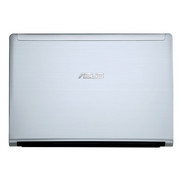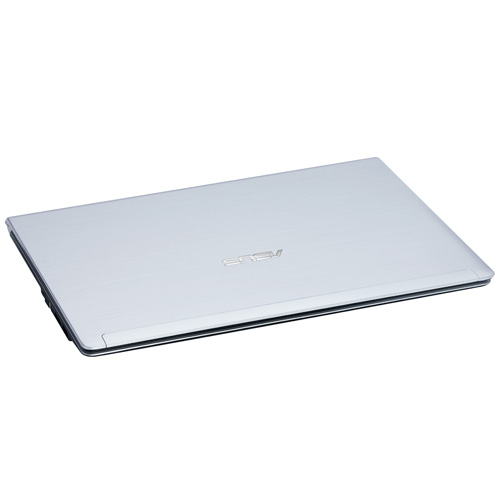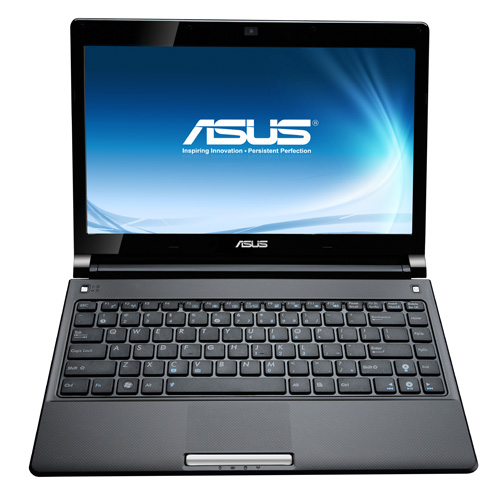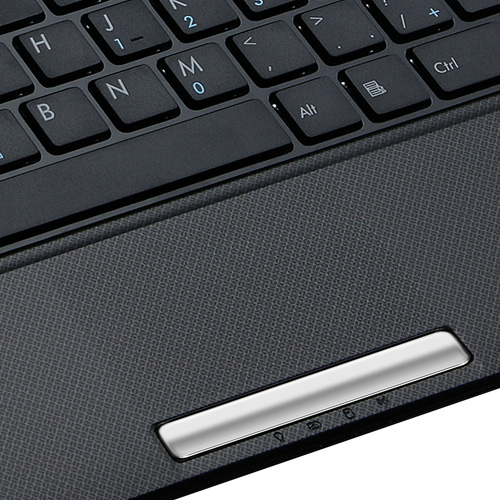Asus U35JC-A1
Specifications
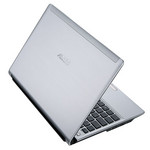
Price comparison
Average of 2 scores (from 2 reviews)
Reviews for the Asus U35JC-A1
Source: Tweaktown
 Archive.org version
Archive.org versionFrom a pure performance perspective, the ASUS U35JC-A1 is right where I expect an ultraportable to fall. It has fantastic battery life, which is its stand out feature. The overall performance that the ASUS U35JC-A1 delivers makes it sort of like a B student. It has no glaring faults, but has no significant standout features either. In my mind, the ASUS U35JC-A1 and the Acer TimelineX 1830T I reviewed recently are a tossup. If you want more portability in a smaller size notebook, you can go with the 1830T. If you want more screen space and a slightly larger notebook, the ASUS U35JC-A1 is a good choice. The worst aspect of the ASUS U35JC-A1 would be its keyboard, which honestly isn’t that bad.
Single Review, online available, Medium, Date: 11/08/2010
Rating: Total score: 91% price: 92% performance: 92% features: 90% workmanship: 92% ergonomy: 92%
Source: CNet
 Archive.org version
Archive.org versionWell over a year ago, we found a hidden gem in the Asus UL30A, a very thin 13-inch laptop that had a great combination of performance, battery life, and price. A virtual successor to that UL30A can be found in the Asus U35Jc-A1, a Core i3 laptop with entry-level Nvidia GeForce 310M dedicated graphics and Nvidia Optimus automatically switching graphics. The Asus U35Jc-A1 is a thin, but solid, 13-inch laptop with no processor compromises and Nvidia Optimus graphics, covering all the basics--except an optical drive.
Single Review, online available, Medium, Date: 10/19/2010
Rating: Total score: 80% performance: 80% features: 80% mobility: 70%
Comment
NVIDIA GeForce 310M: The GeForce 310M is the successor of the GeFore G210M and based on the same chip with very similar clock rates (shader speed +30MHz to 1530MHz).
Only some 3D games with very low demands are playable with these cards.
» Further information can be found in our Comparison of Mobile Graphics Cards and the corresponding Benchmark List.
370M: The Core i3-370M is a fast clocked Core i3. The TurboBoost, AES, VTd, and Trusted Execution functions are deactivated in the i3-series. Therefore, it always clocks with max. 2.4 GHz (of course Speedstep is included). Thanks to Hyperthreading, 4 threads can be processed simultaneously. An integrated graphics card (GMA HD) and a DDR3 memory controller are also included in the package.» Further information can be found in our Comparison of Mobile Processsors.




